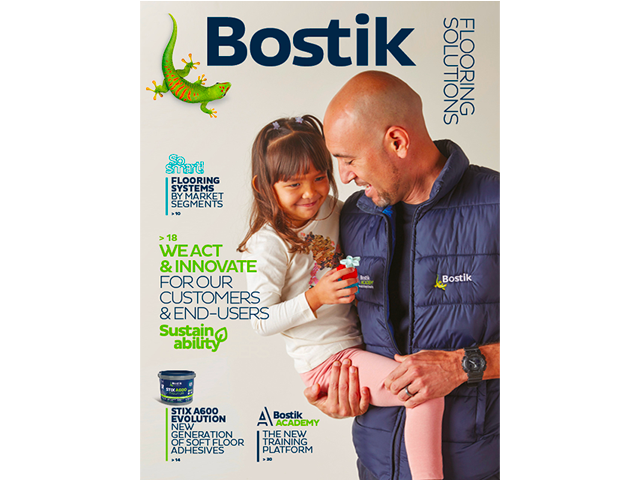Bostik Construction towards green building
Bostik Construction's green initiative
Bostik places priority on offering the market environmentally-friendly solutions. Bostik has the highest, premium class EMICODE EC1 and EC1PLUS, which means that we have proven ourself over many years as a standard for very low VOC emission products. Not only that, but it also has other certifications such as M1, a Finnish emission label of building materials and stands for low emissions of a product and better indoor air quality.
We are able to monitor and assess the carbon footprint, water consumption and waste impact of our products and produce their own Life Cycle Analysis (LCA). Some of our products benefit from a life cycle assessment according to the NF EN 15804 standard in EPD (Environmental Product Declaration).
By virtue of our innovation processes and actions, we are now able to produce BIO-Based products which means that they are mainly made with organic renewable raw materials. It allows reducing the use of oil made raw material and thus reduces the CO² footprint over the life cycle.
The six most rated criteria in the world for green building:
Energy efficiency
This covers how the building's design deals with the distribution of energy and its consumption which in turn reduces its carbon footprint.
Indoor Air Quality
The outside environment is not the only thing that influences our health: the quality of our indoor environment also plays a major role, more so now than ever before since many people spend the majority of their time indoors.
Water Efficiency
This includes using methods through which the building may recycle water and use water-saving fittings in their pipes to prevent unnecessary wastage of water. It also includes methods such as rainwater harvesting and filtration of used water.
Innovation
This criterion is a bit more ambiguous as it involves any innovative design, initiative or method which promotes sustainable living, helps the environment, reduces carbon emissions and meets with the objectives set by the Green Building Index (GBI).
Materials & Resources
A green building is only truly green if it uses environmentally friendly and sustainable materials and resources when being built, and afterwards for maintenance and running of the facilities. Builders must also practice proper waste managment systems with storage, collection, and re-use of recyclables.
Health & Safety
Green building approach helps employees mental and physical well-being and their spiritual health. It has various impacts such as reducing illness and absenteeism among workers and increasing worker productivity. And it includes seating arrangments, outdoor view, quality of air breathed by an individual, green interiors, thermal comfort, quality of drinking water, good hygiene etc.
Four green building certifications to remember:
LEED
LEED, or Leadership in Energy and Environmental Design, is a green building certification used in the United States. A building rating system recognised as the international mark of excellence for green buildings. It focuses on both the environmental and social dimensions of sustainability, especially water and energy efficiency, CO2 emission reduction, promoting a healthy and comfortable indoor climate, and renewable building materials.
DGNB
DGNB, a green building certification programme created by the German Sustainable Building Council, focuses on promoting sustainable building practices across Europe. This green building rating system has three levels of certification: platinum, gold and silver. For this certification programme, buildings are evaluated according to ecological quality, socio-cultural and function quality, technical quality, and process quality.
BREEAM
Label created in the UK by the BRE (Building Research Establishment) applicable to new buildings and major renovations. BREEAM measures sustainable value in a series of categories: energy, carbon emissions reduction; durability and resilience; adaptation to climate change, ecological value and biodiversity protection.
WELL
This building standard recognises that while we spend 90% of our time in buildings, the buildings themselves may be unhealthy environments. By building to this standard, you are creating a healthy place in which to live and work. The WELL building standard advertises itself as the first architectural benchmark exclusively for human health. The standard focuses on seven points: air, water, nourisment, light, fitness, comfort and mind.

